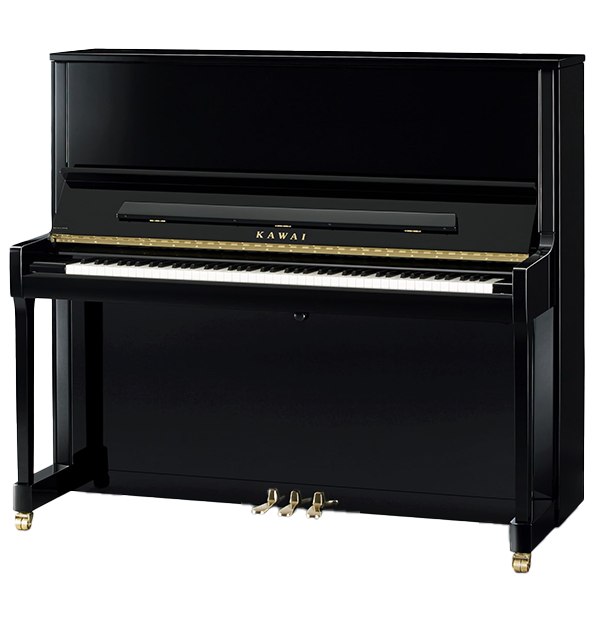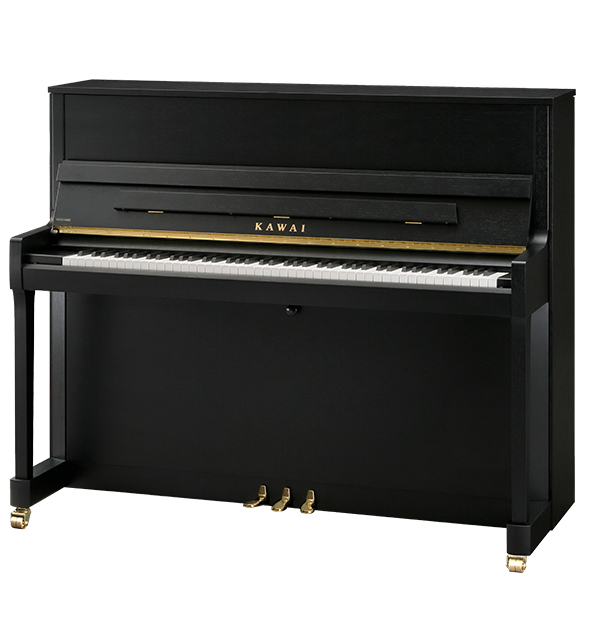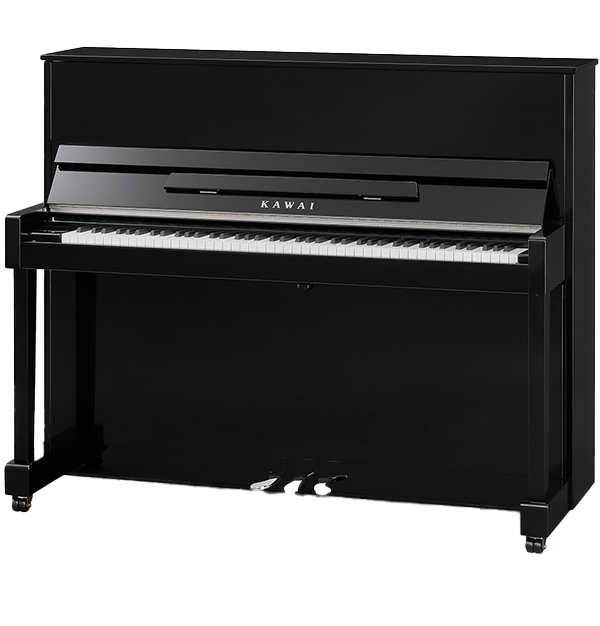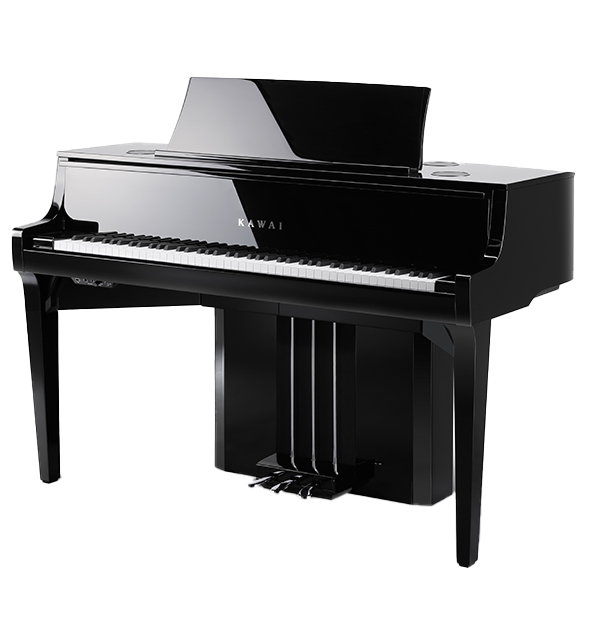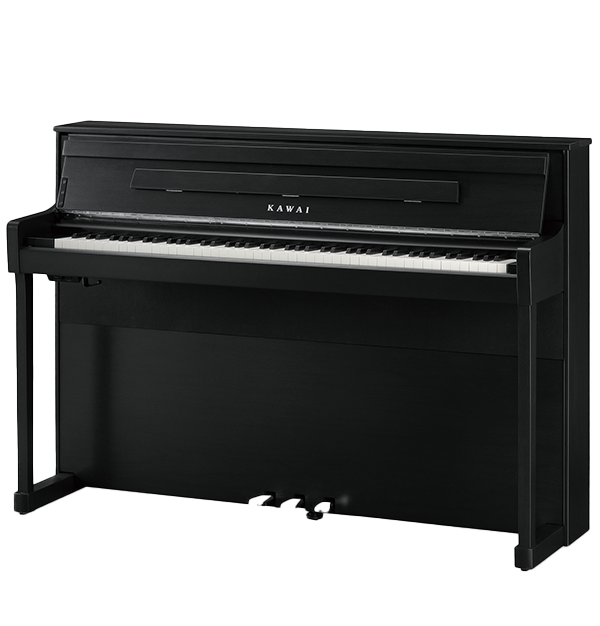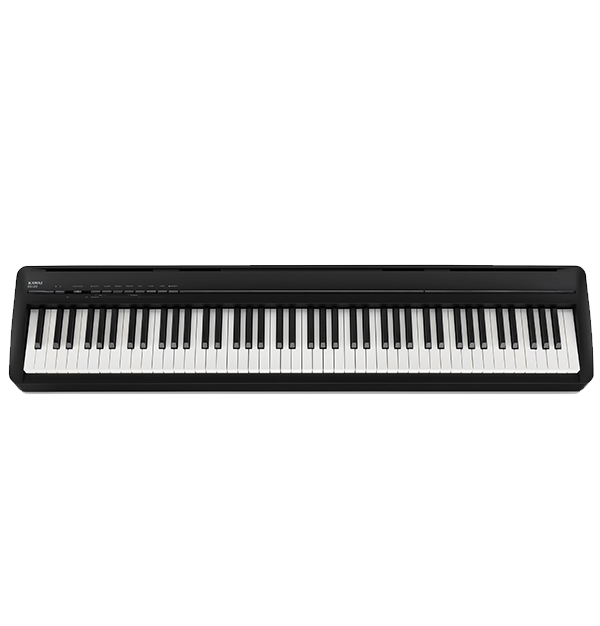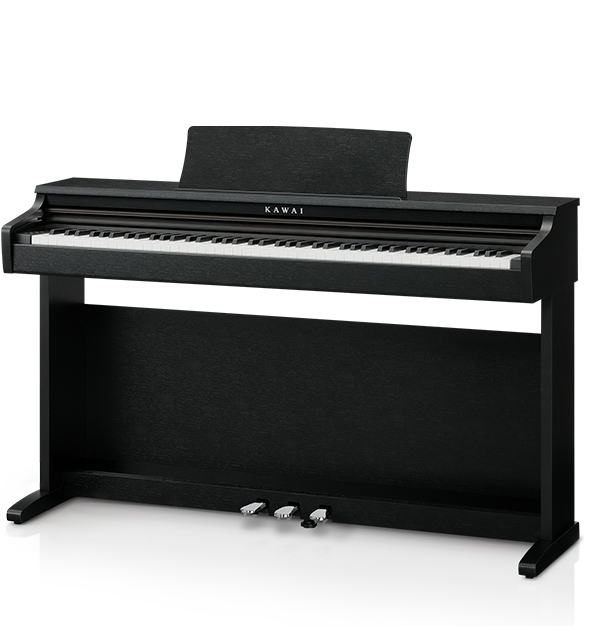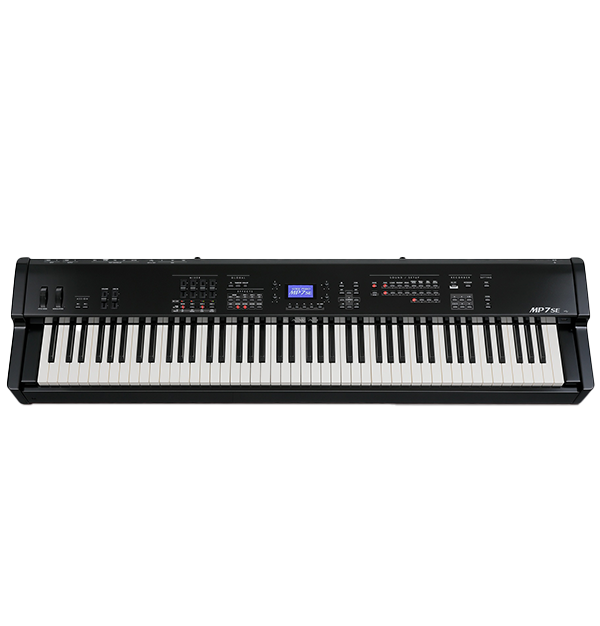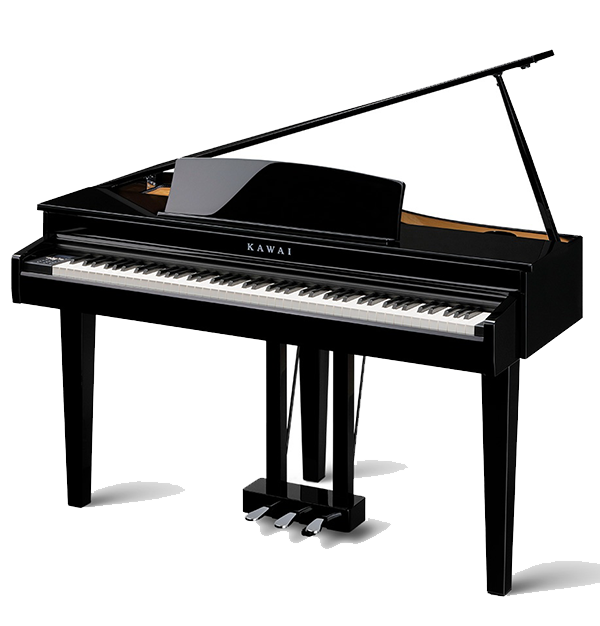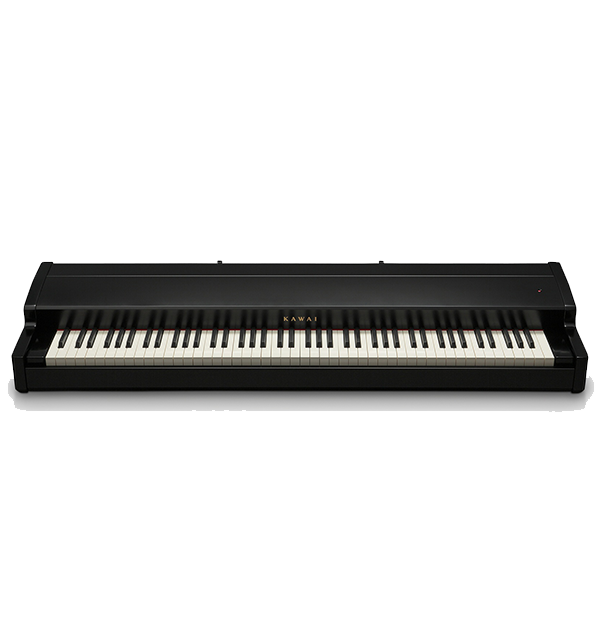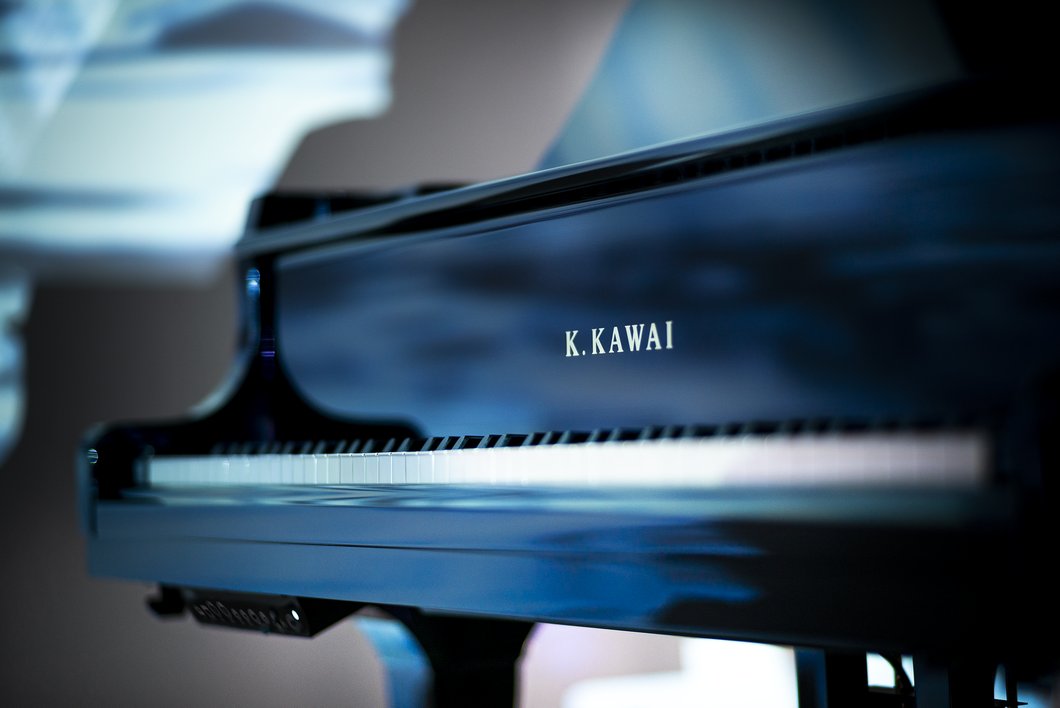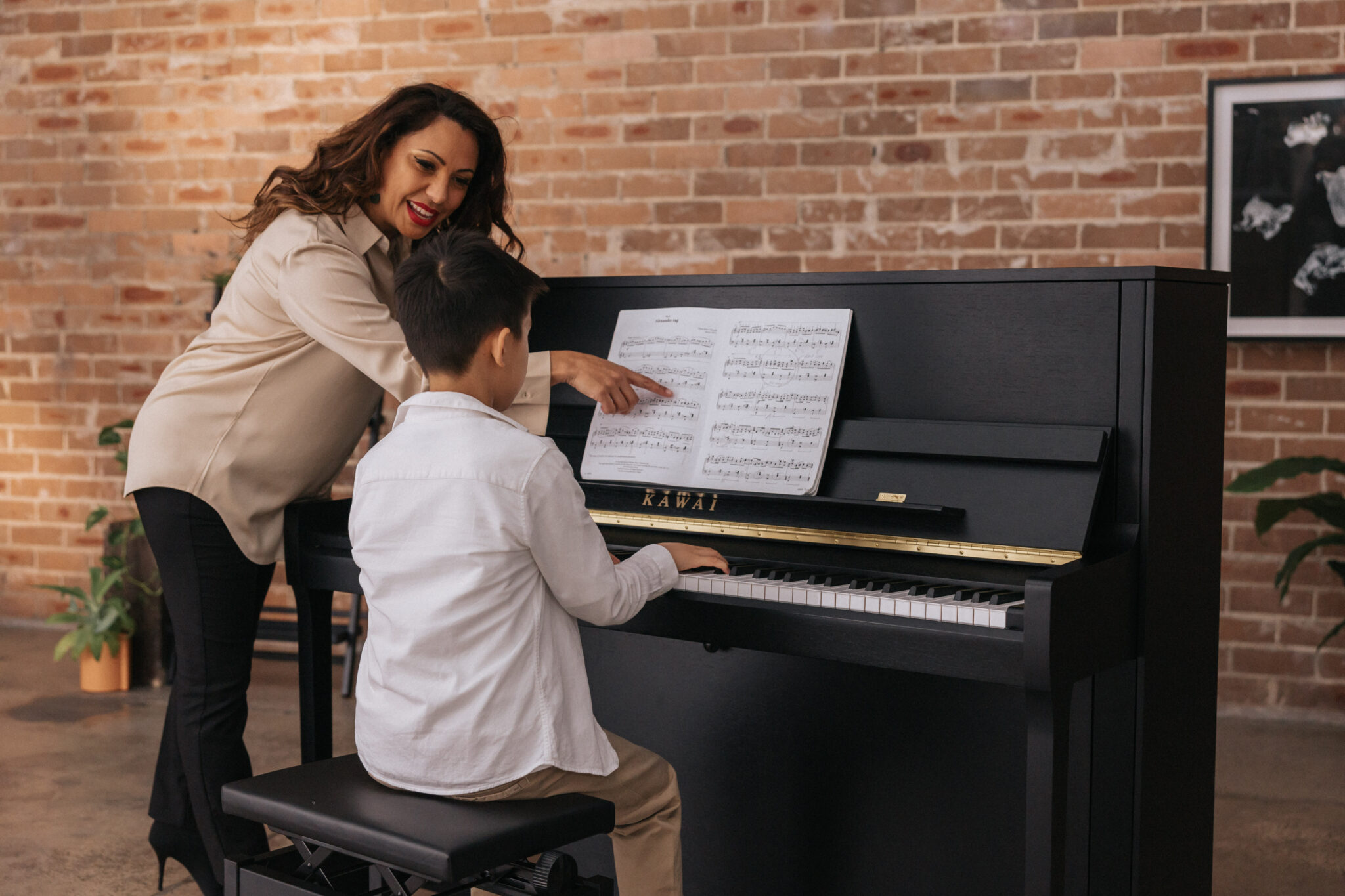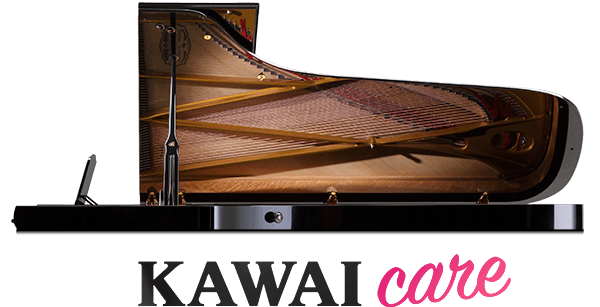8 Focused Practice Strategies for Music Students (and Everyone Else)
Sang Woo Kang, DMA, developed a unique eight-step program for his increasingly distracted students—and the results are music to his ears.
About the Author: Sang Woo Kang, DMA
Professor of Music, Providence College, Rhode Island, USA
Teaching Faculty, Brown University, Rhode Island, USA
MM. Juilliard school, DMA Eastman School of Music

The Los Angeles Times has referred to him as a “prodigiously talented pianist with great technical virtuosity and interpretive gifts.” But to his students at Providence College in Rhode Island, Dr. Sang Woo Kang is simply known as “Professor.”
An active classical music performer, Dr. Kang has presented recitals and master classes in Asia, Central and South America, and Europe, and he currently serves as an associate professor and music department chair at Providence College, and lecturer at Brown University. He augments his ongoing performance career with eager instruction that infuses his students with the high level of enthusiasm and discipline he has shown since he was a child (see “Kang’s Musical Progression”).
As living proof of the powerful influence of passionate instructors, Dr.Kang is devoted to paying (or playing) it forward to help his own students succeed. So when he noticed that many were too busy and distracted to practice as they should, he composed a collection of eight helpful strategies, each of which is explained in detail below.
Challenge: Students face endless distractions
Dr. Kang found that the biggest challenge his music students face is a lack of time: They are too busy and distracted to put in enough practice to improve.
“They come to our lessons and put their phones right next to the instrument,” he says. “They have so many work and academic obligations. Their schedules are packed. Their minds are elsewhere.”
Innovation: Musicians must learn how to practice (not just play)
“Teachers usually only talk about how to play the music better,” he says. “They don’t usually talk about how to practice. I’m very focused on the students’ approach to their practice.”
To that end, Kang developed an eight-step practice guide that helps his students minimize distractions and stay focused when they need to. Because they are getting work done in a timely manner, his approach also reduces overall stress.
Cross-Disciplinary Applications
Kang says the best outcome for his Eight Strategies for Focused Music Practice is that it helps students not only with their musical practice—whatever those goals may be—but also aids them in other areas of their lives. While he introduces the concepts as they relate to musicians, the same strategies can be effective any time a student needs to minimize distractions and really focus on their work.
Lesson: Eight Strategies for Focused Music Practice
According to Kang, private music lessons typically involve a teacher working directly with a student. The setup is usually two pianos side by side: Teacher on one, demonstrating; student on the other, playing and then receiving immediate feedback.
Focusing on students’ technique and musicianship during one-on-one lessons is one thing, says Kang, but he wanted to find a way to help them when he is not in the same room. Here are the tips he shares to help his students focus and get the most out of their practice time:
1. Plan before you play
Kang requests that his students sit at a desk or chair instead of a piano for 5 to 10 minutes each day to review their book or score before they sit down to practice. “Ideally, when you’re sitting at the piano, you should know precisely where and how you need to practice,” he says. “It’s important to have time away from the piano so you can think and envision how things will work before you sit down in front of the instrument.”
2. Write what you need to remember
Kang requires that his students write as many instrument fingerings—the hand positions needed for each note or measure—in the musical score as needed. Kang says that writing is a way of making the fingerings memorable. “It will help students recall pieces they might otherwise forget right after [playing them],” he says. “And it shows me that the students have done their work.”
3. Set a time limit on practice
Kang is a fan of the Pomodoro Technique: Students must sit and work without distraction for 25 minutes before taking a short 5 minute break. He says this method is to music what a deadline is to writers: It helps students focus because they “only” need to do so for 25 minutes. They can set a timer, perhaps on their computer or smartphone, to keep track.
4. Start with the challenging parts
Kang says it is easy to skip over learning the left–hand notes and chords of a musical number. “For the most part, the left hand plays the harmony, and the right hand provides the melody,” he says. “When students are learning a tune, the left hand is more difficult to learn. When you perform, the mistakes most often happen in the left hand.” His directive? Learn the left hand part first.
5. Break work into small sections
Students will often play an entire piece when they practice. Kang has them break each piece into smaller sections to improve mastery of every aspect of the piece. For example, students might take 8 to 12 measures of the overall piece and focus on the specifics of that part—fingering, articulation, and phrasing. He asks them to repeat each section slowly about 25 times, with all these specifics in mind as part of their practice.
6. Spend extra time on trouble spots
One of the other benefits of practicing in small sections is the ability to zero in on problem areas. Kang tells students that if they have difficulty with a particular passage, they should focus on that passage until they have perfected it.
7. Always bring your A-game.
Kang’s mantra to students is: Repetition is inevitable. Never let repetition become mechanical. “You must infuse mood, energy, and feeling [into] all parts of a piece throughout your practice,” he says. “Playing music is a complex endeavor. You can’t walk through it.”
8. Know when enough is enough
Kang says the law of diminishing returns definitely applies to music practice. “It’s impossible to do meaningful practice for hours on end,” he says. “There’s a limit to how much we can focus at a time.” That means no more than four 25-minute sessions (with five-minute breaks between each) per day. After practicing, Kang also encourages students to reflect on what they did well that day and what they want to focus on tomorrow.
Kang says that other instructors have started using his technique—and they are noticing a difference as well. “They have told me that they can tell when students are focusing more and that there are noticeable improvements both in the quality of focus and performance,” he says. That, of course, is music to any educator’s ears.
Kang’s Musical (Career) Progression
Born in Seoul, Korea, during the 1980s, Kang started learning music when he was five. He took private half-hour lessons six days per week. “I loved the music, but I also loved the disciplined approach,” he says. “That propelled me to keep studying music.”
When Kang was nine, his family moved to Colorado, where he met a teacher who became instrumental in helping him become serious about a life in music.
“He basically offered to teach me for free from the fifth grade through my senior year in high school, when I decided to pursue music as a career,” says Kang. “He was happy that I’d chosen music as my profession and proud to see me succeed. He passed away a few years ago, but I am glad we always stayed in touch.”
In addition to teaching, Kang directs the Piano Institute and Seminar at the Atlantic Music Festival at Colby College, an annual intensive four-week summertime series of concerts and events focused on promotion and performance of new music.
Now read our article on 12 Different Types of Effective Piano Practice Strategies.
Prepared by Hugh Raine
Written by Dr. Sang Woo Kang.
Prepared by Hugh Raine.



